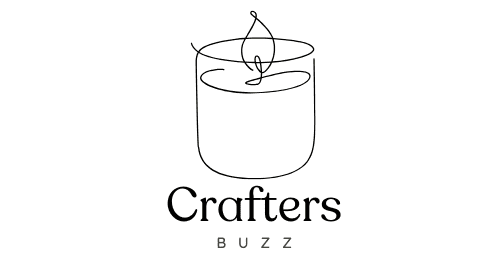This Sweet Potato Casserole Will Make Your Thanksgiving Guests Shut Up and Eat
Picture this: you bring out a dish at Thanksgiving, and the room goes silent. Not because it’s bad—because it’s that good. No dry, sad sweet potato mush here.
This blender sweet potato casserole is creamy, caramelized, and stupidly easy to make. It’s the kind of recipe that turns skeptics into believers. Want to be the hero of the dinner table?
Keep reading.
Why This Recipe Works
Most sweet potato casseroles are either too dense or too sweet. This one nails the texture—silky smooth from the blender, with a crunchy pecan topping that’s basically crack. The secret?
Roasting the sweet potatoes first for depth of flavor, then blending them with just enough butter and cream to make you forget about your diet. The topping? A mix of pecans, brown sugar, and a pinch of salt to balance the sweetness.
It’s not dessert. It’s better.
Ingredients You’ll Need
- Sweet potatoes – 3 lbs, peeled and cubed
- Butter – ½ cup, melted (plus extra for greasing)
- Heavy cream – ¼ cup
- Brown sugar – ½ cup (divided)
- Eggs – 2, beaten
- Vanilla extract – 1 tsp
- Cinnamon – 1 tsp
- Salt – ½ tsp
- Pecans – 1 cup, chopped
Step-by-Step Instructions
- Roast the sweet potatoes. Toss them with 2 tbsp melted butter, spread on a baking sheet, and roast at 400°F for 25–30 minutes until tender.
- Blend everything. Dump the roasted sweet potatoes, cream, ¼ cup brown sugar, eggs, vanilla, cinnamon, and salt into a blender. Blend until smoother than your Thanksgiving small talk.
- Make the topping. Mix pecans, remaining brown sugar, and ¼ cup melted butter.
Try not to eat it all straight from the bowl.
- Bake. Pour the blended mixture into a greased casserole dish, sprinkle the topping, and bake at 350°F for 25 minutes. The topping should be golden and crispy.
How to Store It
Let the casserole cool completely, then cover it tightly with foil or transfer it to an airtight container. It keeps in the fridge for 3–4 days.
Reheat in the oven at 300°F for 15–20 minutes to revive the crunch. Freezing? Sure, but the topping won’t be as crisp.
IMO, it’s best fresh.
Why You Should Make This
Besides being delicious, this recipe is foolproof. The blender does all the work, so no lumps. It’s also customizable—swap pecans for walnuts, add marshmallows if you’re into that, or reduce the sugar if you’re pretending to be healthy.
Plus, it’s a crowd-pleaser. Even your picky aunt will ask for seconds.
Common Mistakes to Avoid
- Overblending. You’re not making soup. Pulse until just smooth.
- Underseasoning. Taste the mixture before baking.
Sweet potatoes need salt too.
- Soggy topping. Don’t skimp on the butter in the pecan mix. Fat = flavor + crunch.
Alternatives and Swaps
No pecans? Use walnuts or almonds.
Vegan? Swap butter for coconut oil and cream for coconut milk. Want it sweeter?
Add marshmallows on top before baking. FYI, you can also use canned sweet potato puree, but roasting fresh potatoes tastes 10x better.
FAQs
Can I make this ahead of time?
Yes. Prep the casserole and topping separately, store in the fridge, and assemble before baking.
The topping might soften a bit, but it’ll still taste great.
Why roast the sweet potatoes instead of boiling?
Roasting caramelizes the sugars, adding depth. Boiling just makes them watery and sad.
Can I use a food processor instead of a blender?
Yes, but the texture might be slightly less smooth. Blenders win here.
How do I fix a runny casserole?
Bake it longer.
If it’s still loose, you might have added too much cream. Next time, measure.
Final Thoughts
This isn’t just another sweet potato casserole. It’s the last one you’ll ever need.
Creamy, crunchy, and impossible to mess up. Make it once, and it’ll become your Thanksgiving secret weapon. Now go impress someone.








